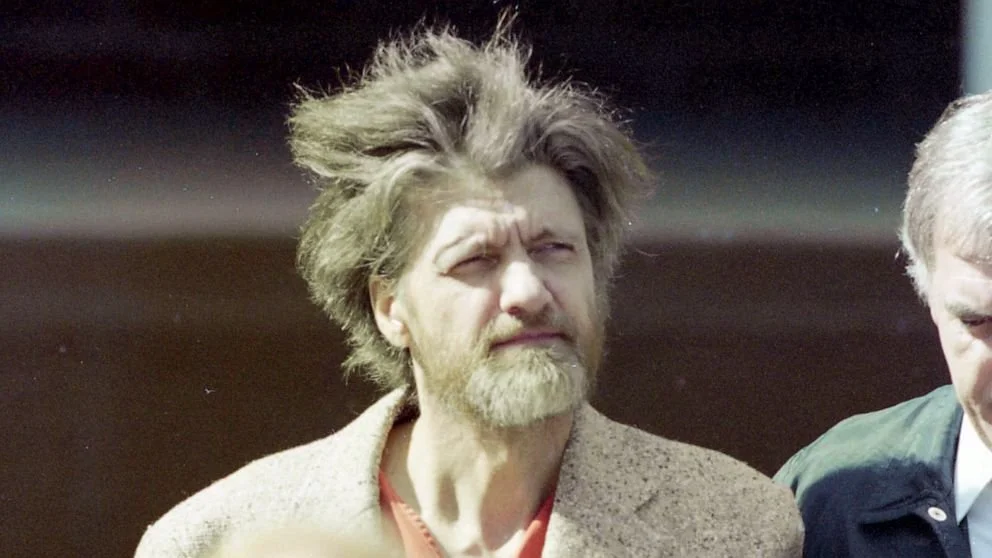By: Han Li
Kaczynski, 81, more commonly known as the Unabomber, was found dead at the Federal Medical Center in Butner, North Carolina around 12:30 a.m. last week. Emergency medical technicians were able to revive him and transport him to a hospital, however, he still passed away.
Kaczynski had been held in a supermax prison since 1998, serving four life sentences in addition to 30 years for his campaign of terror that left America on edge for nearly 20 years. He targeted countless intellectuals and business leaders between 1978 and 1995, resulting in countless injuries and three deaths.
During his time in prison, he was transferred to a federal medical center in North Carolina to treat his diagnosis of late-stage cancer, according to what several people close to the matter told the Associated Press.
Described by many as a child genius, Kaczynski entered Harvard at the age of 16, studying subjects many of his professors couldn’t even understand. His life took a turn, however, when he quit his job as a professor at the University of California Berkely. He moved to live in Salt Lake City for a time, before settling into a dingy cabin on a property he bought with his brother, David, in rural Montana.
He sent letter bombs, explosives sent through the mail designed to kill the recipient when opened, to a variety of targets including the owner of a computer rental store, an advertising executive, a California geneticist, and a Yale computer expert. He believed that society was on a suicide course, stemming from his hatred of technology, and was convinced it must be corrected or else of dangerous consequences.
In 1995 he used the threat of violence to coerce The New York Times and The Washington Post to publish a 35,000-word manifesto explaining his hatred of modern life, technology, and the dangerous potential of climate change.
His treatise was identified by his brother, who sent a tip to the FBI, closing the nation’s longest, costliest manhunt surpassing $50 million in expenses.
Ted Kaczynski’s motivations resonated with many members of the public due to his unique circumstances and his resolve to maintain regular correspondence with the outside world. Despite his heinous crimes and extremist ideology, his intellectual prowess and articulate writings intrigued and captivated individuals from all walks of life. Daryl Johnson, a domestic terrorism expert with the New Lines Institute said, “He’s turned into an iconic figure for both the far-right and the far-left.”
The legacy of Ted Kaczynski leaves behind a dark chapter in American history, reminding us of the extreme measures some individuals are willing to take in pursuit of their ideologies. His actions serve as a chilling reminder of the consequences of unchecked radicalism and the importance of vigilance in preserving a safe and harmonious society.











